IT general control (ITGC) and IT application control (ITAC) are two main types of IT controls. These controls are designed to maintain the integrity, availability, and confidentiality of an organization's information system and stored data. While they share the same goal, their scope differs. How? In this article, we'll discuss the difference between ITGC vs ITAC in detail.
However, the shared goal isn't the only similarity ITGC and ITAC have—there's more!
Regulatory compliances like SOX, GDPR, HIPAA, and PCI DSS mandate organizations to implement ITGC and ITAC (either one or both at times). In fact, during internal/external assessments, even independent certified auditors evaluate both these controls to determine how an organization's IT infrastructure (which includes servers, networks, systems, and applications) is functioning.
With all these overlaps, it's no wonder that organizations find themselves in a dilemma—uncertain about which IT control is best suited for their requirements.
But don't worry! Understanding the difference between ITGC vs ITAC can clear up this confusion. So, let's dive in.
ITGC vs ITAC: Differentiating Based On Distinct Parameters
Below, we’ve compared ITGC vs ITAC in detail based on different parameters.
1: Difference Between ITGC vs ITAC Scope
By understanding the difference between ITGC vs ITAC scope, you can implement the right controls in the right areas of your IT infrastructure. This, in turn, will help close potential security gaps or loopholes that can compromise data security. So, let’s find out how the scope of ITGC vs ITAC varies.
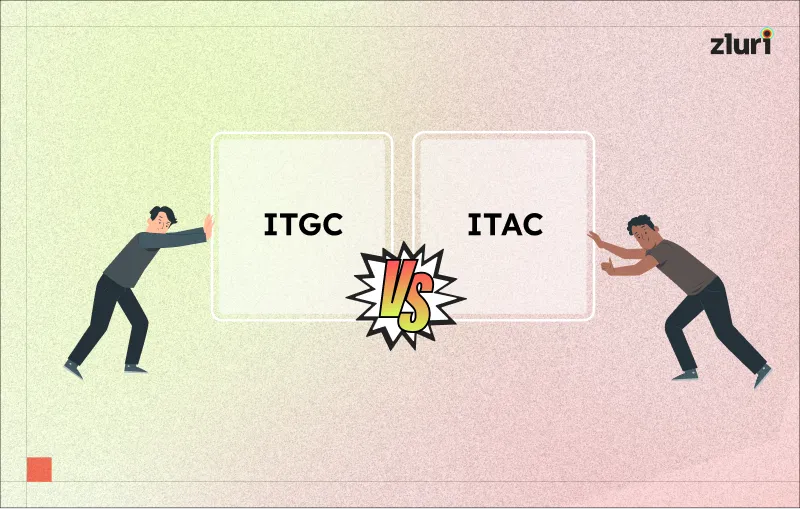
- ITGC are a set of foundational controls that are put in place to ensure the integrity, security (both internal and physical/external security), and reliability of an organization’s overall IT infrastructure (including systems, network, servers, apps, and whatever comes under an IT infrastructure). How do they work?
ITGC provides a set of directives to govern how systems/apps/networks are designed, implemented, and used within an organization. This helps prevent data theft, operational disruptions, and security breaches. It basically focuses on ensuring that the resources that users rely on and the critical IT infrastructure that supports daily operations remain secure and functional.
Note: IT general controls can be applied to all parts of IT infrastructure, from endpoints to data centers—there are no restrictions.
- On the other hand, IT application controls are a set of controls that are specifically applied to individual applications within an organization's IT infrastructure. How do they work?
These directives manage and control what actions will be performed within an application, such as who can access ledger records stored in accounting software, who can modify the records, and how data will be transferred from one app to another over the network. Their main focus is to ensure that the data processed by these applications is accurate, complete, and reliable and remains secure during data transmission.
2: Comparison Of ITGC vs ITAC Key Components
ITGC and ITAC each have a distinct set of key components, so let’s examine them more closely.
- IT general control consists of 6 key components:
- Access Controls: Access controls ensure that only authorized users can access an organization's IT systems. They basically set up access restriction controls (role based access control, principle of least privilege, and just-in-time access), authentication and authorization methods, and a few more to prevent unauthorized users from accessing critical systems.
- Network & System Security Controls: These controls implement rules to update systems and software on a timely basis so that they remain relevant and effective. They also mandate the implementation of intrusion detection systems, firewalls, and antivirus software to keep the system, network, and servers protected from external threats like cyberattackers.
- Patch Management Controls: These controls continuously monitor the systems, network, and apps to identify potential security gaps. If a gap is detected, these controls require IT teams to instantly deploy security patches to fix it before it escalates into significant issues.
- Physical & Environmental Security Controls: These controls mandate IT teams to regularly inspect and test keycard or badge-based entry systems to ensure they function properly. They also require the implementation of monitoring systems to keep track of unauthorized physical access attempts, which further helps protect database centers/lockers from data theft.
- Change Management Controls: These controls carefully review and test system configuration modifications before releasing them into a live production environment. This helps minimize the risk of introducing vulnerabilities or bugs to an organization's IT ecosystem.
- Data Backup & Recovery Rules: These rules mandate that IT teams create backups of sensitive data so that if there is a system failure or cyberattack, data can quickly be restored, preventing the risk of data loss.
- Whereas IT application control consists of only 3 Key components:
- Input Controls: These controls are designed to ensure that users enter only valid data into systems and applications. At times, they even enforce rules like data should be formatted before being added to the system. For example, input controls set up rules that state only authorized users can edit certain fields(specific sections of a form) or data stored in the application.
- Processing Controls: These controls are used to verify whether the data entering a system/application is correctly verified or not. One of the most common processing control examples is the validity check, which ensures that the data being processed is correct (it checks if the data is in the right format, like if it’s a phone number, then it checks whether there are 10 digits total).
- Output Controls: These controls ensure that data is transferred from one application/system to another without getting lost in the processing line or attacked by hackers. One common example of output control is data encryption, in which transmitted data is encrypted so only authorized users/apps/systems with the decryption key can access the data.
3: ITGC vs ITAC Audit Process Difference
While assessing ITGC vs ITAC, independent certified auditors evaluate different aspects. For example:
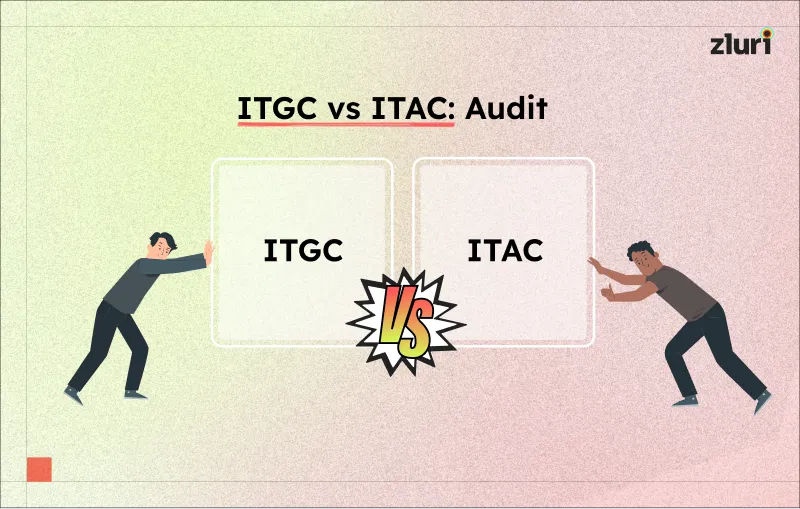
- During an ITGC audit, auditors evaluate how your overall IT infrastructure functions after implementing IT general controls. To identify that, they perform the following actions:
- The auditors first examine the ITGC policies and procedures (e.g., protection policy, password protocols, or system access policies) you have implemented to keep the IT infrastructure tightly secure.
- Next up, they quickly run assessments to check if the ITGC system controls you have put in place are performing effectively or not (like – are they able to detect threats as they should or not).
- They also inspect whether you have disaster recovery plans in place and if these plans are regularly tested/updated to keep the IT setup resilient against potential security events.
Also Read: How to Create a Disaster Recovery Plan?
- Meanwhile, during an ITAC audit, the external auditors evaluate application performance and data management processes by performing the following actions:
- Auditors review the IT application controls (e.g., app access restriction controls, data processing practices) you have implemented to manage applications and protect data stored in them.
- Next, they inspect whether the data processed by these applications (on which you have applied the controls) are free from error, complete, and valid.
- They also check whether you have implemented IT application controls that segregate duties to ensure separate individuals perform critical actions within the application.
After going through the differences, if you are still confused about which one between ITGC vs ITAC will suit your IT infrastructure, you can consider evaluating a few factors. What are these factors? Let’s quickly go through them.
ITGC vs ITAC: Which One To Choose?
While choosing between ITGC vs ITAC, you can consider evaluating factors like your organization's size, budget, and security concerns. For example:
- If you have a large organization with a complex IT infrastructure (encompassing network, servers, systems, and apps), IT general controls will be suitable. Meanwhile, if you have a small organization with few systems in place, you can consider implementing IT application controls.
- If you are tight on budget, then implementing IT application controls will be more feasible/economical. This is because these controls apply solely to the applications that are being used within your organization – nothing beyond that. This means you don’t have to bear any extra cost of maintaining other aspects of your IT infrastructure. On the other hand, if budget constraints are not even a concern, then opting for general IT controls will be a viable choice. These controls help create a strong foundation for securing your entire IT environment.
- If your prime focus is safeguarding applications within a system from unauthorized access, IT application control is the perfect solution. However, if your objective is to secure your entire IT ecosystem—from endpoints to data centers—then you should implement IT general controls.
By analyzing these factors, you can easily determine which control (ITGC vs ITAC) will perfectly fit your organization.
Note: Here’s a suggestion — however, it’s entirely up to you whether to implement it or not!
Instead of choosing one among IT general control and IT application controls (ITGC vs ITAC), what you can do is — consider implementing both (if your budget permits). This way, you can benefit from the detailed application-specific protection offered by IT application controls as well as the broad range of protection for your entire IT setup offered by IT general controls. In fact, by implementing IT controls in all the possible (necessary) areas – you create a defense barrier, leaving no gaps for threats to crawl in!
However, the journey doesn’t end with choosing (ITGC vs ITAC) the control for your IT environment—there is more!
You must also ensure that the implemented controls perform effectively (or per your expectations). Here’s the question: ' How will you figure that out?’
The solution is simple – by conducting regular reviews of the control's performance. But, note that — manually conducting reviews for these controls can be tedious and prone to errors. So, rather than going through that hassle, you can opt for an automated access review solution like Zluri. What is Zluri? How does it help? Let’s quickly find out.
How Can You Determine The Effectiveness Of Implemented Controls With An Access Review Solution?
Zluri offers an advanced ‘access review solution’ that helps find out how your implemented controls (ITGC vs ITAC) are performing – by conducting an in-depth user access review audit. How? During the review process, Zluri evaluates apps with sensitive data and different user types that have access to that app (basically, aspects on which the controls are applied). In case, it detects any misalignment in user access permission (e.g., unauthorized access or excessive privileges held by users), it auto-remediates those issues (revoking or modifying access) without any manual intervention.
Post user access review, it outlines all those access misalignments or discrepancies it has detected – which depicts that the implemented controls failed to manage/restrict access properly, and mentions what actions it has performed to fix it – in the user access review report.
Now, all you need to do is – examine those access misalignments and accordingly take corrective actions (re-configuring the setting or defining role-based criteria) to improve the control effectiveness. And don’t be concerned about fixing the anomalies that were detected during the user access review; Zluri’s access review takes care of that! You just focus on directing your efforts, time, and resources to improve the effectiveness of integrated controls – and nothing else!
You can check out this access review tour to see the practical demonstration of how Zluri’s access review works.
https://www.zluri.com/access-reviews/salesforce
Frequently Asked Questions (FAQs)
1. Which IT control should You Implement First, ITGC vs ITAC?
Among ITGC vs ITAC, first, you need to implement ITGCs, as these controls help form a security framework to protect the overall IT infrastructure. Once ITGCs are in place, you can further implement ITACs to manage and control processes within applications.
2. How Often Should IT General Controls And IT Application Controls (ITGC vs ITAC) Need To Be Reviewed?
You should review your IT general controls and IT application controls (ITGC vs ITAC) at least once a year and, if possible, quarterly to ensure they remain effective and align with evolving security needs.
3. What Will Happen If You Don’t Implement Either IT General Controls Or IT Application Controls (ITGC vs ITAC)?
Neglecting to implement either ITGCs or ITACs (ITGC vs ITAC) will expose your IT infrastructure to potential cyberattacks and breaches. In fact, compliance regulations have mandated the implementation of these controls, so if you fail to fulfill this requirement, you will incur non-compliance penalties.


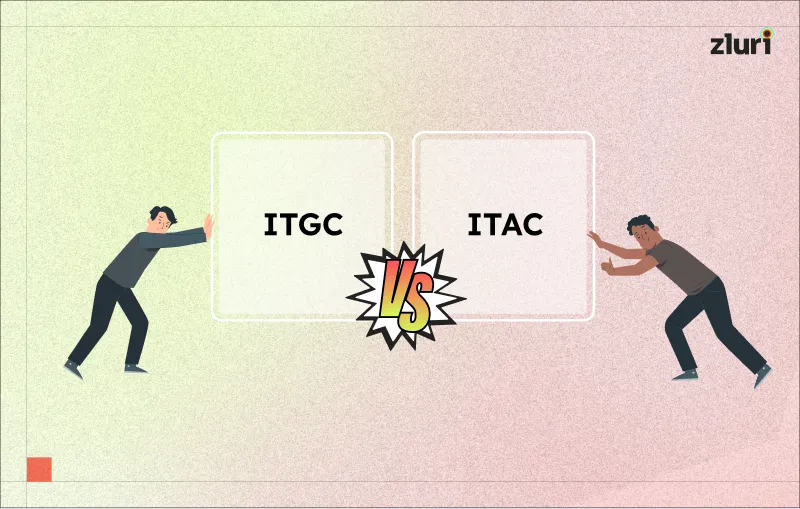





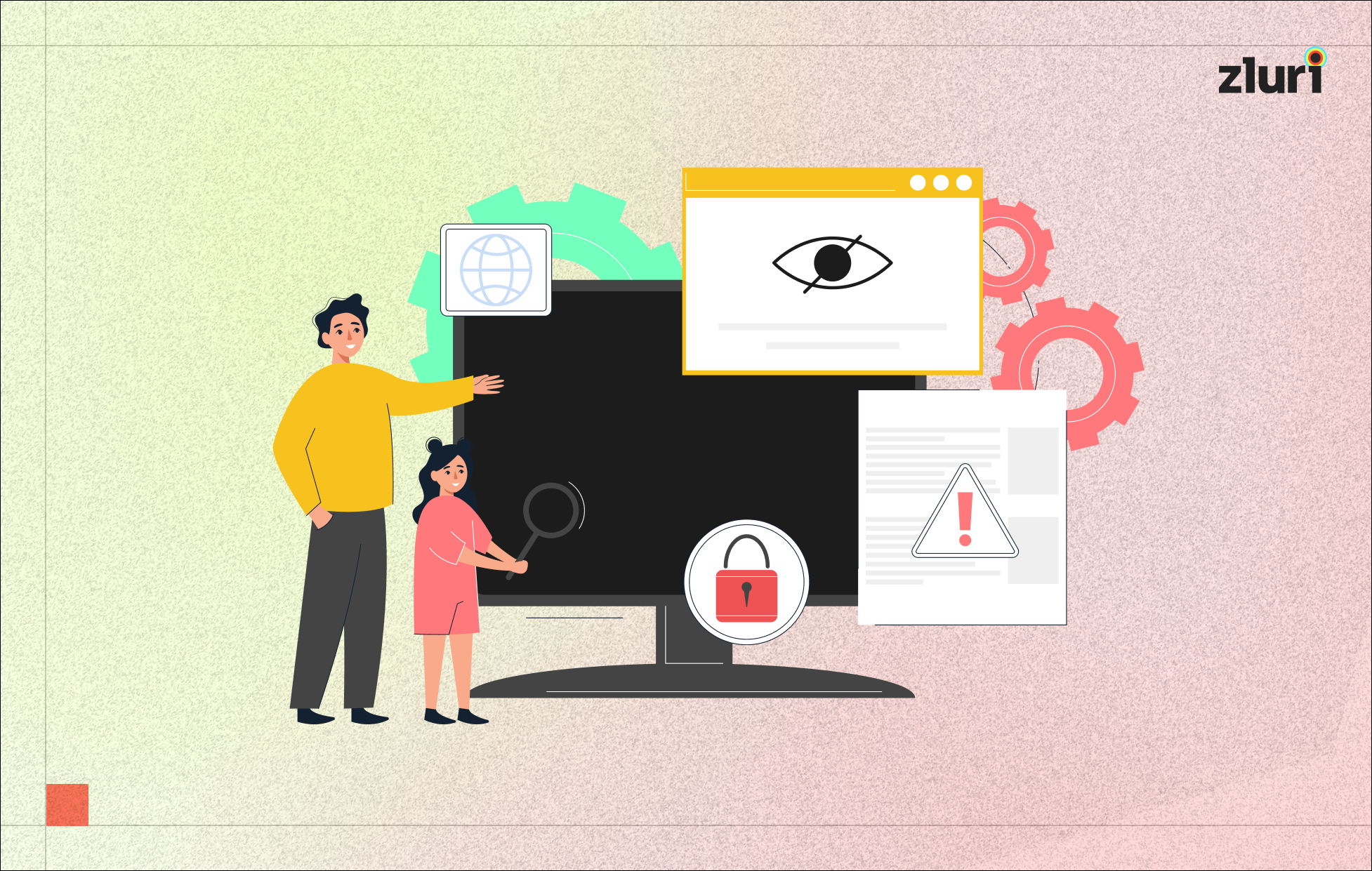
.svg)



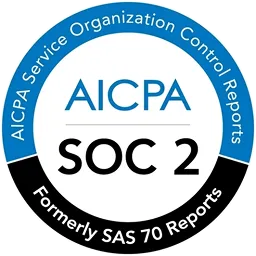
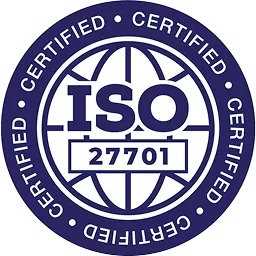
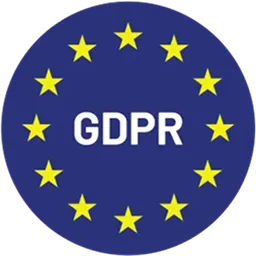
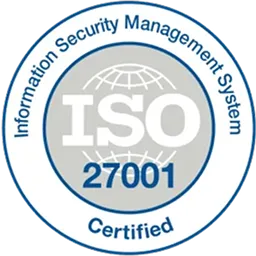
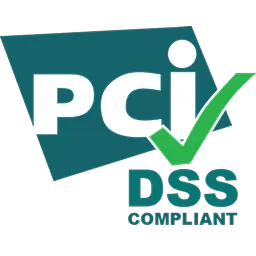
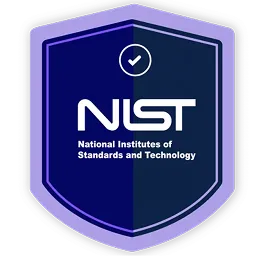
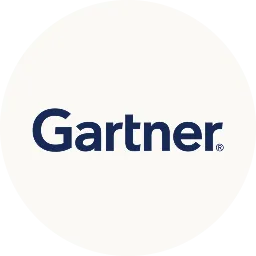
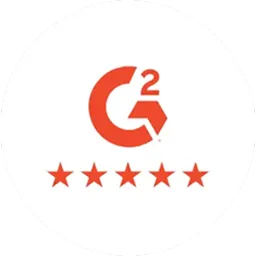

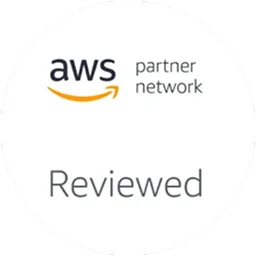

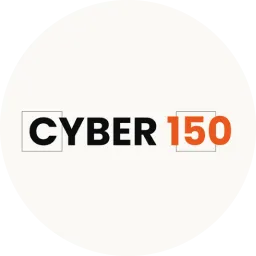






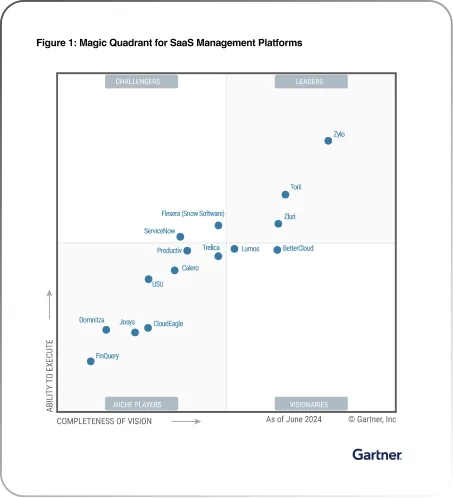







.webp)







.webp)
.webp)





.webp)